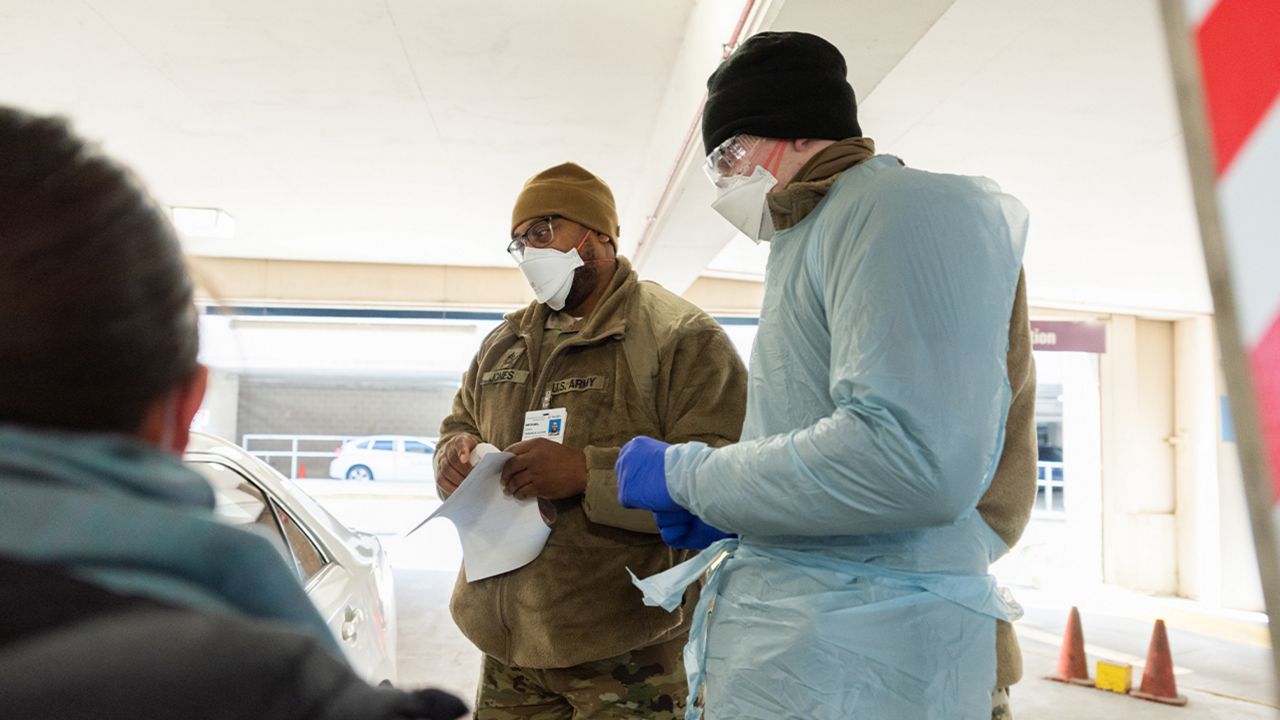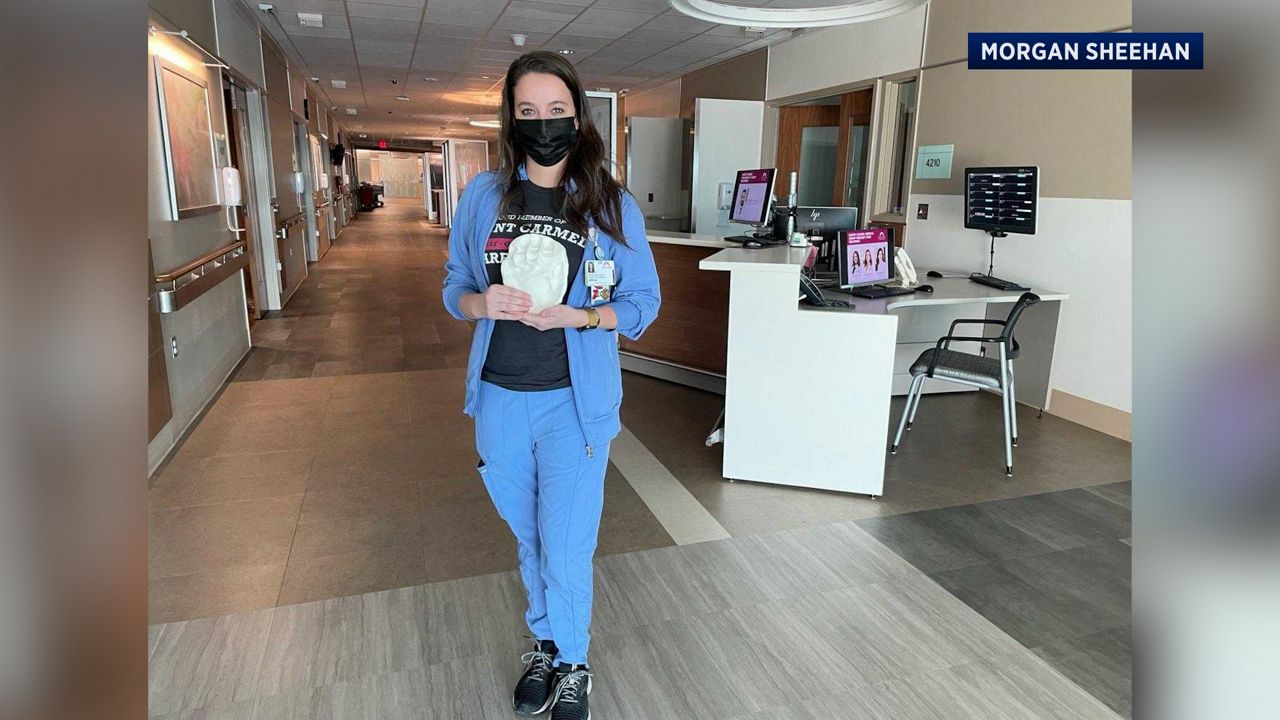COLUMBUS, Ohio — The Ohio Department of Health will launch a map to help COVID-19 patients access therapeutics, including oral pills that are becoming more available throughout the state, officials said Thursday.
What You Need To Know
- The map will show locations that have outpatient treatments
- Oral antiviral pills are becoming more available in the state
- The Cleveland Clinic said uptake of the pills has not been that high
The new dashboard will be available next week on the state’s coronavirus website, Ohio Health Director Dr. Bruce Vanderhoff said.
It will show the locations in the state with supplies of three therapeutics for outpatients, including the two approved oral antiviral pills — Pfizer’s Paxlovid and Merck’s Molnupiravir — as well as GlaxoSmithKline’s Sotrovimab, the one remaining monoclonal antibody treatment that is effective against omicron.
The dashboard will also show which providers have AstraZeneca’s preventative drug Evusheld, which can be taken by patients who are immunocompromised and don’t respond well to vaccines and patients who have a history of adverse reactions to vaccines.
Vanderhoff said these drugs are in “very limited supply,” but they are becoming easier to access as more shipments of the medications arrive in the state and as virus case loads continue to decline.
“As we move forward, in addition to vaccinations and safety measures like masks, health care providers across Ohio will have increased access to therapeutics as a tool to treat their patients at various stages of disease,” Vanderhoff said.
The dashboard will include a map that will be searchable, with options to filter by city, county and zip code. The dashboard will be updated on a weekly basis, Vanderhoff said.
Patients who are in higher-risk categories are encouraged to speak with a health professional about possible treatment options.
“It’s important to note that these therapies require a prescription or an order from a licensed health care provider, so Ohioans seeking any of these treatments must first reach out to their health care provider to discuss what is the most appropriate treatment plan or options for their particular health situation,” Vanderhoff said.
During the Ohio Department of Health’s COVID-19 news conference Thursday, Dr. Steven Gordon, chair of infectious disease at the Cleveland Clinic, said the health system is still working out some kinks when it comes to administering the oral pills that received approval in late December.
“At the Clinic, there’s not been a great uptake,” he said, explaining that there are several difficulties to getting the drugs prescribed to the patients who would benefit.
The pills are effective for high-risk patients when they are administered early in the course of illness — they are authorized to be taken within five days of symptom onset. The crunch for COVID-19 tests during the omicron surge made it challenging for some residents to quickly confirm that they had COVID-19.
But the decline in cases, which has been particularly significant in the Cleveland area, also means that there are now fewer high-risk patients eligible for the treatments, part of the reason the uptake hasn’t been that high, Gordon said.
He said physicians also have to consider that these medications have drug-drug interactions, which is notable because many patients in high-risk categories take other medications.
“For the clinician, it can be a little overwhelming when you see some of the drug-drug interactions that may occur,” he said.
Vanderhoff agreed that the risk of drug-drug interactions is one of the major challenges with the drug. The health department is not getting many reports of hesitancy on behalf of patients about taking the oral pills, he said.
Paxlovid, which is prescribed along with the drug ritonavir, appears to result in fewer side effects, and it’s also more effective, Vanderhoff said.
Pfizer reported its pill cut hospitalizations and deaths by nearly 90% among high-risk adults who had early symptoms of COVID-19, while Merck’s drug reportedly cut the risk of hospitalization and death in high-risk patients by 30% in a clinical trial.
Eligible patients include seniors, people who are immunocompromised and some individuals with medical conditions.
According to a federal database, more than 70 locations in the state have been allocated supplies of at least one of the two pills. Many of those locations are hospital pharmacies.








